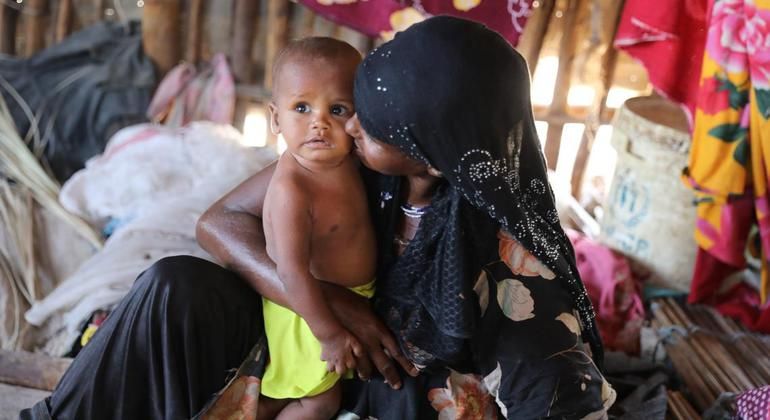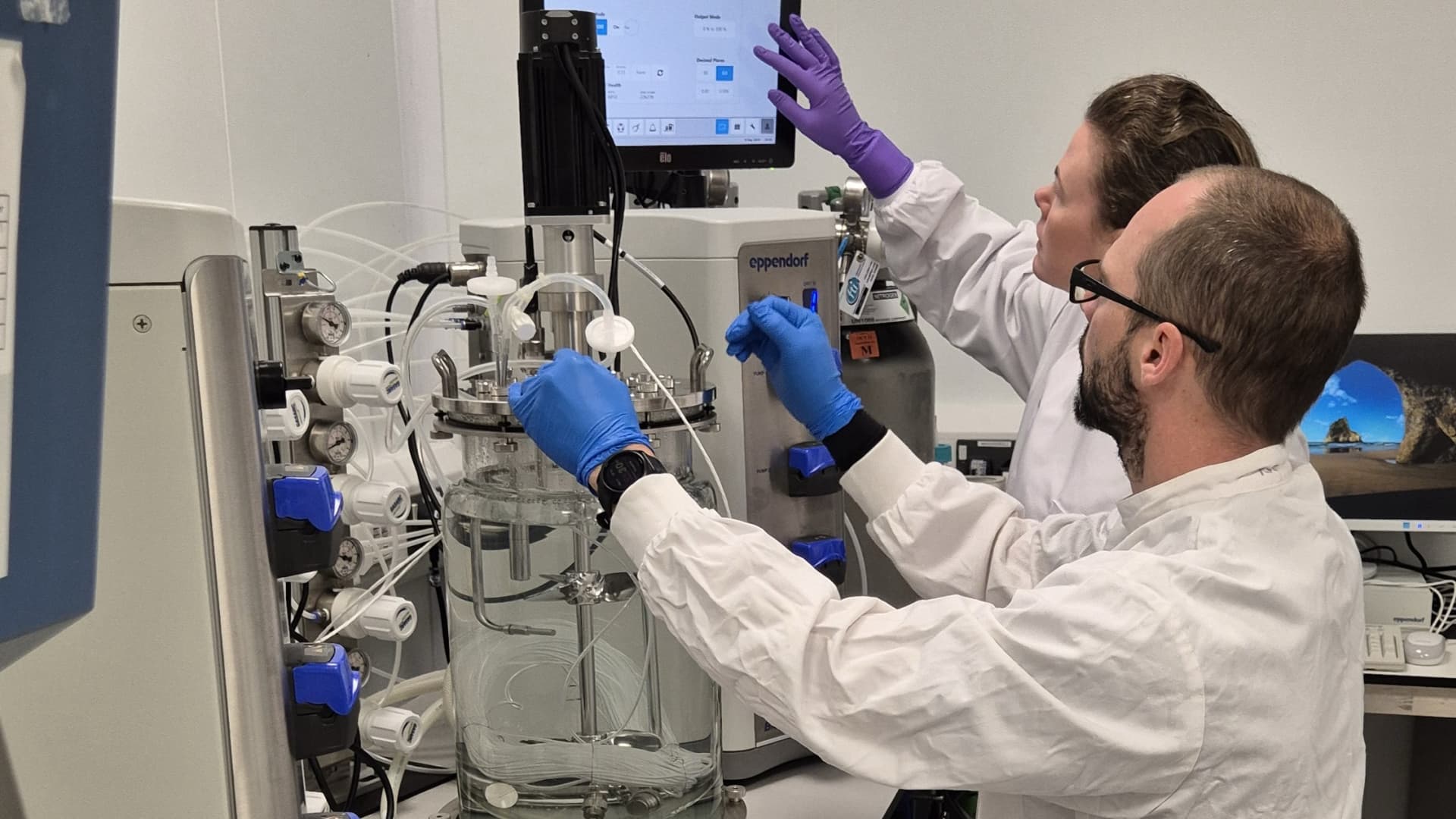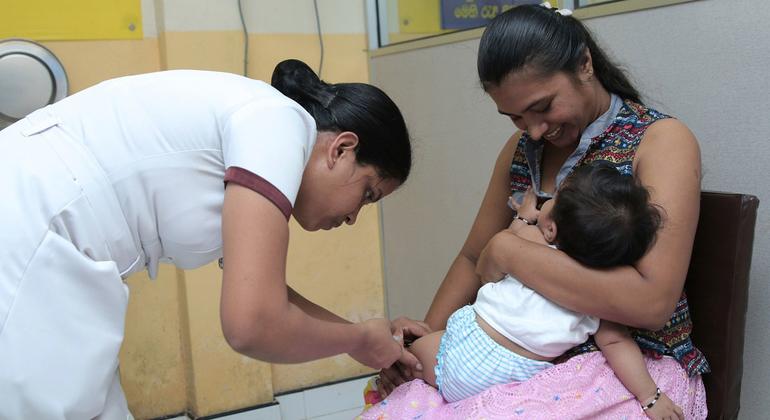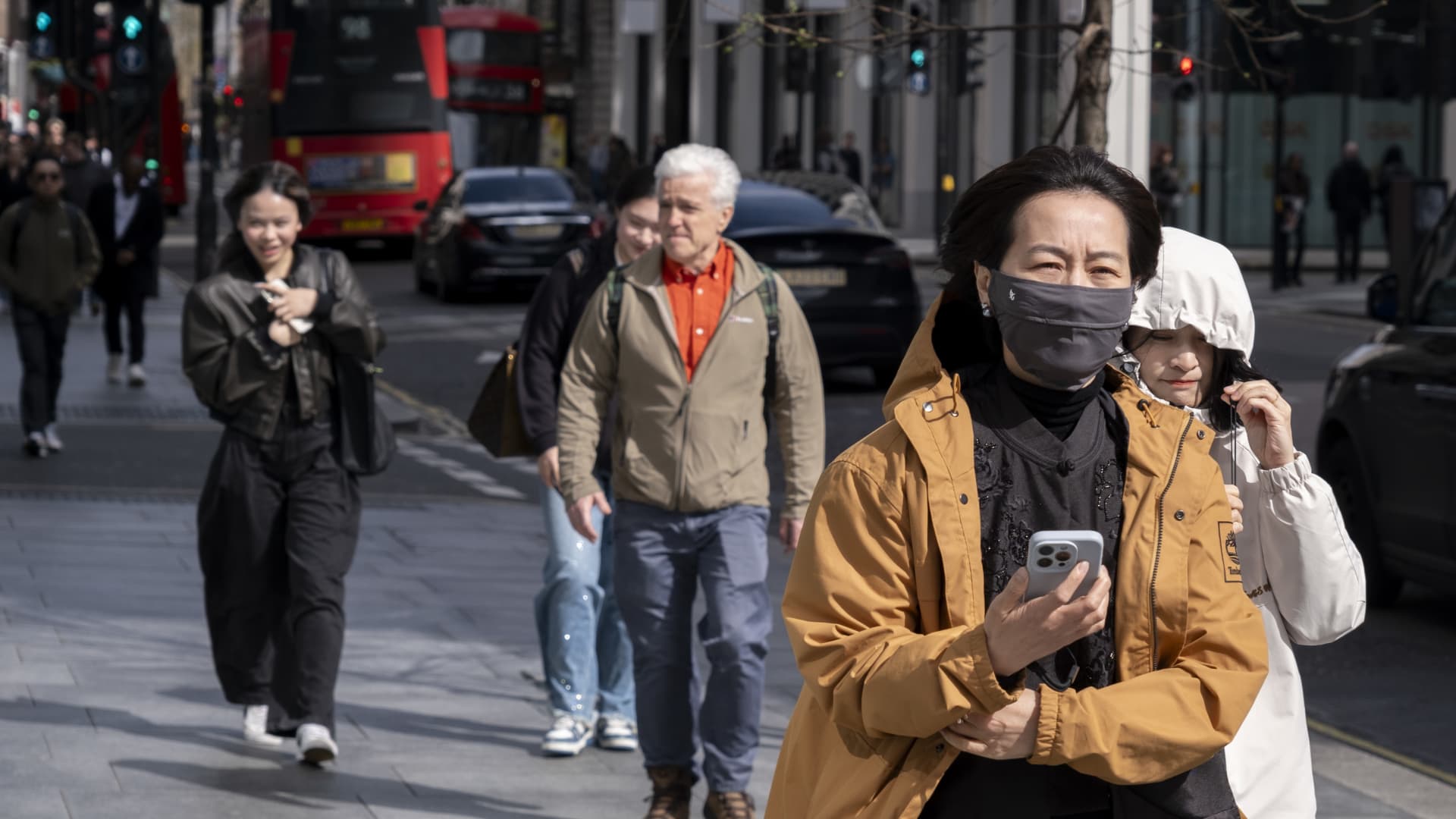The exemption allows the continuation or resumption of “humanitarian assistance that save life”, including HIV treatment.
That means that 20 million people living with HIV and whose medicine is funded by the United States can continue to receive treatment. “That is 20 million of the 30 million people living with HIV in the world,” said Christine Stegling, deputy executive director of UNAIDA, in the information about the press scheduled in Geneva.
Although governments around the world are expected to respond to the US announcement. Up by supporting existing medication plans, “What really worries us is that … governments will focus at this time on keeping people in treatment instead of preventing new infections” She explained.
The overall response of HIV depends largely on the emergency plan of the president of the United States for AIDS relief (Pepfar); Finish 70 percent of the general AIDS response.
Since its creation in 2003, Pepfar has saved more than 26 million lives investing in critical prevention, treatment, attention and support programs of HIV. In 55 countries, according to Unusida.
However, “there is a lot of confusion in the field, especially at the community level on how the exemption will be implemented,” Mrs. Stegling said, pointing out the interruption of treatment services.
Transport services and community health workers are also affected by the US financing break, according to Unusida.
Centers at risk
The agency, which works with 70 countries, stressed that the pause in the United States assistance to community programs would lead to the closure of many health centers and the termination of the contract workers' contracts, effectively depriving support groups Vulnerable.
The greatest interruption will be community health services that have been crucial in the success of the fight against HIV, according to Unusida.
In Ethiopia, 5,000 contracts for public health workers depend on the assistance of the United States. “All these, in all regions of Ethiopia, have been completed, as well as 10,000 data employees, very important in Ethiopia, ”added Mrs. Stegling.
Critical Services Court
Thousands of individuals (women, girls and priority populations with greater risk of sexually transmitted infections, can no longer access critical services, such as condom distribution, HIV tests, antiretroviral treatment, prophylaxis prior to the exhibition for HIV prevention, exams of detection for tuberculosis or support to address gender -based violence.
United is more concerned with the long -term impact of freezing of the US financing. In the prevention of new HIV infections, since most community -based services, while national governments They tend to focus on keeping people in treatment, instead of preventing new infections.
Fear of the increase in deaths from AIDS
If Pepfar does not authorize between 2025 and 2029 and there are no other resources for HIV response, “there would be a 400 percent increase in the death of AIDS,” said Unidas. “There are 6.3 million people, 6.3 million deaths related to AIDS that will occur in the future,” Mrs. Stegling told reporters.
UNAIDS says that efforts will continue to ensure that during the 90 -day break, all people affected by HIV continue to access the services that save lives.












